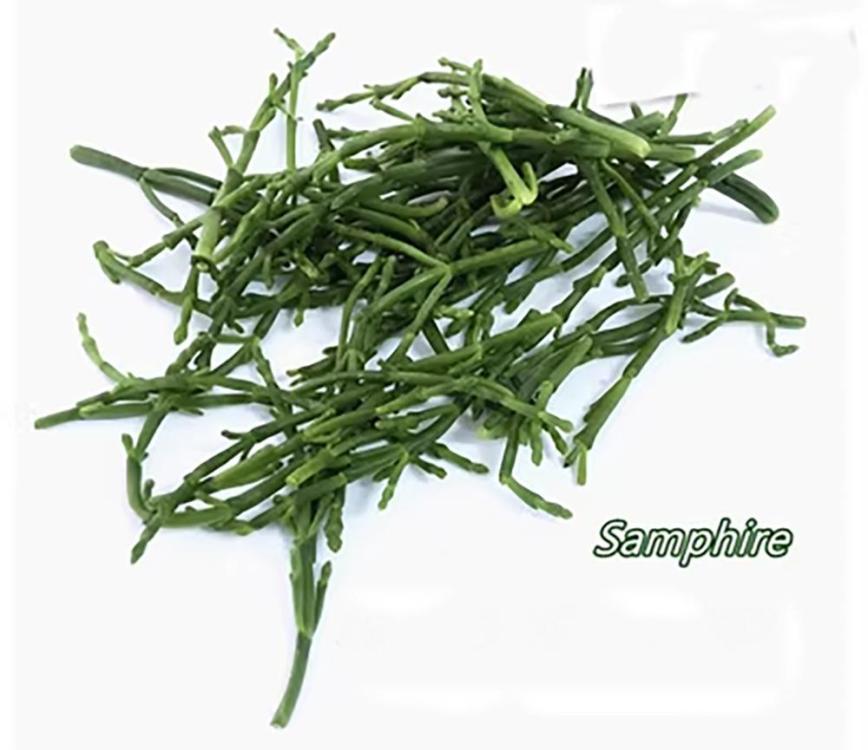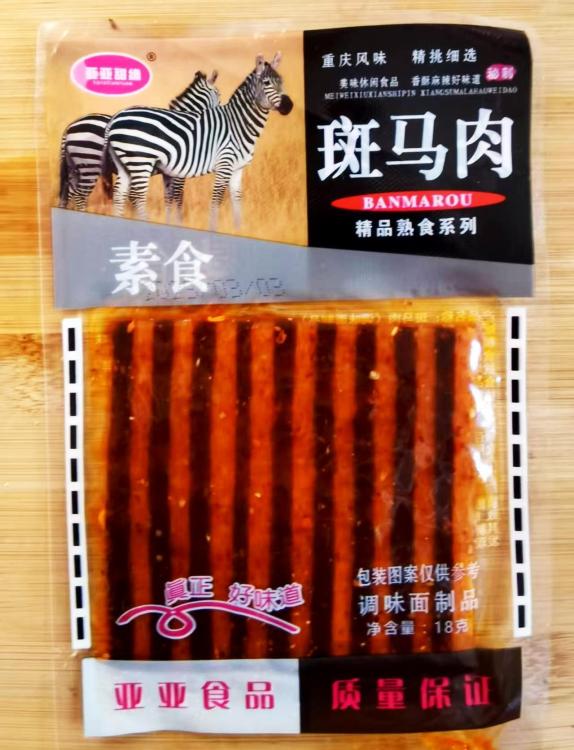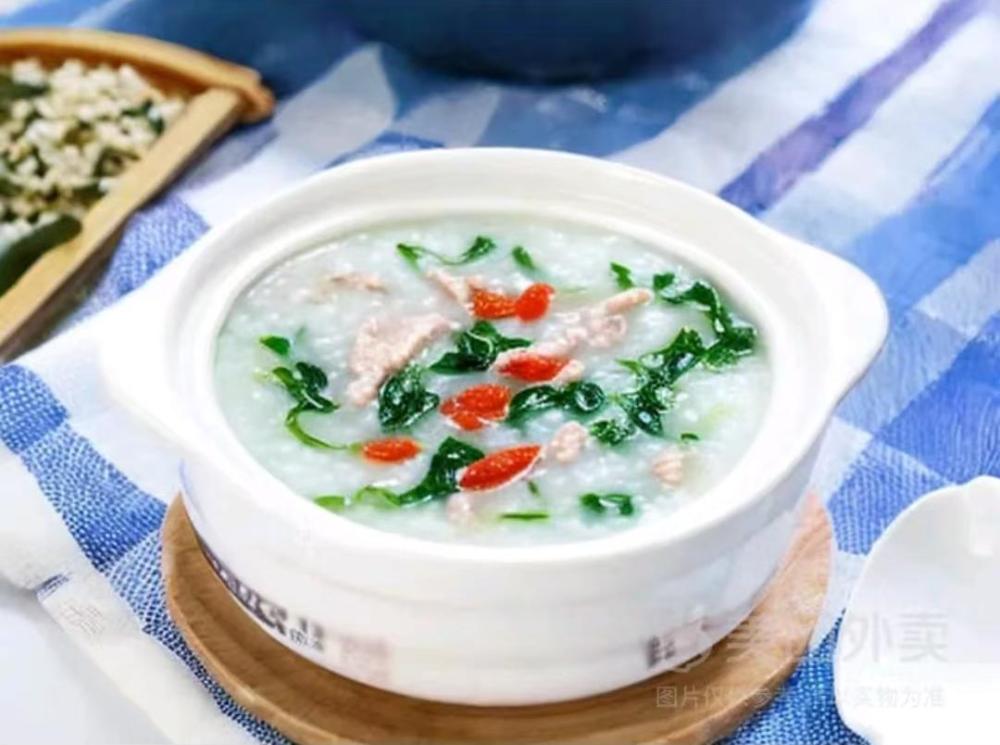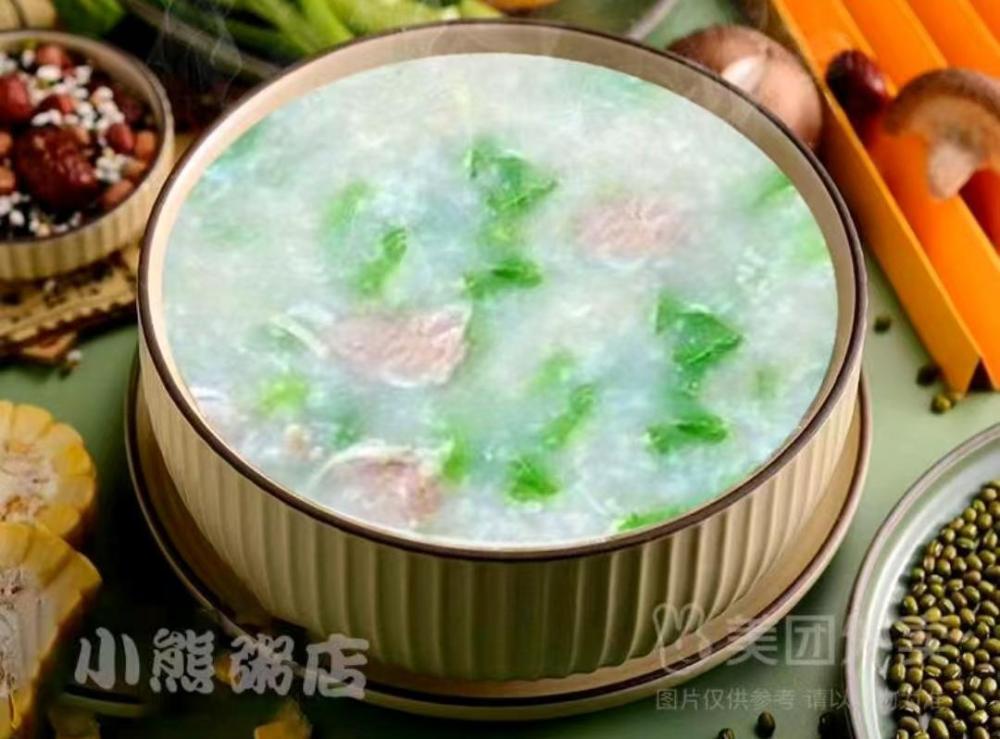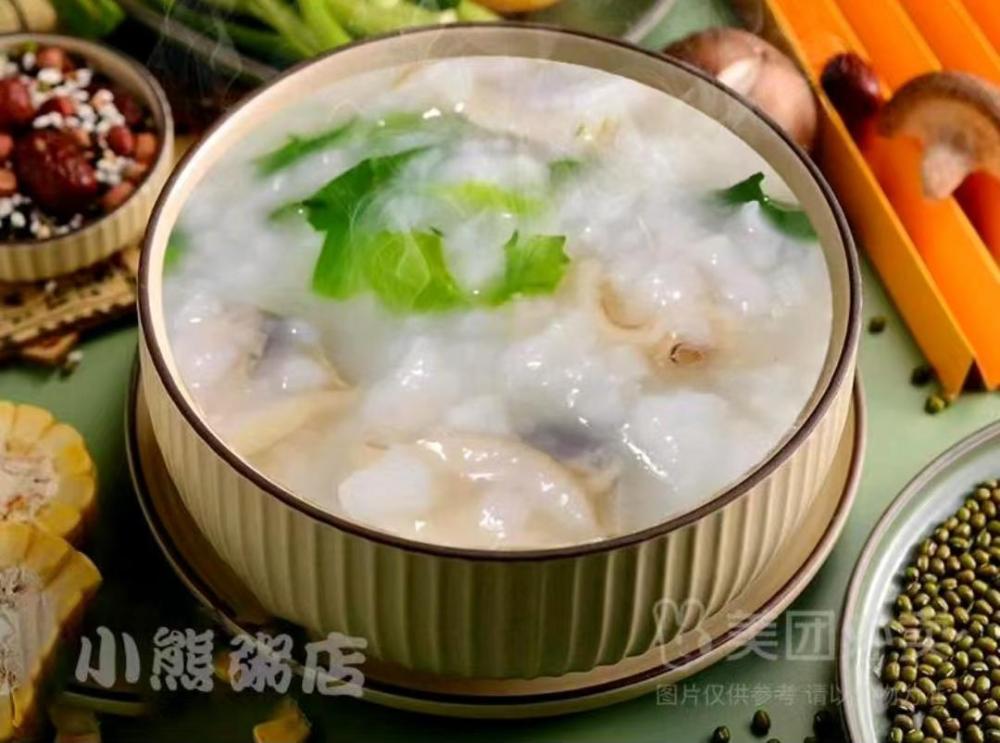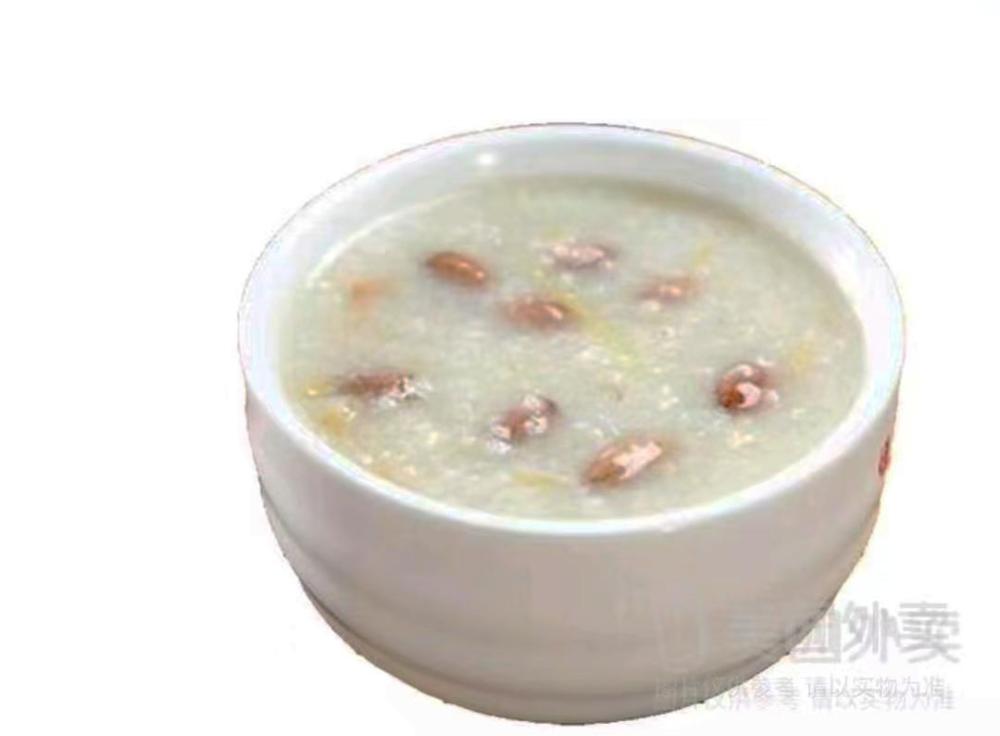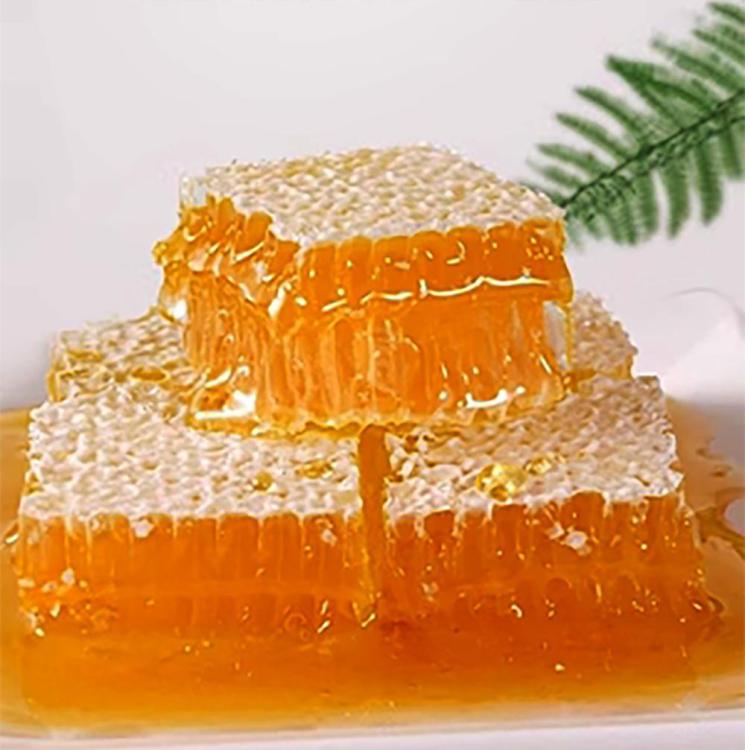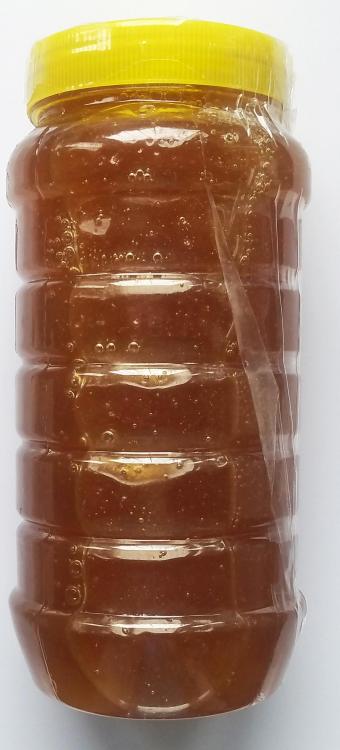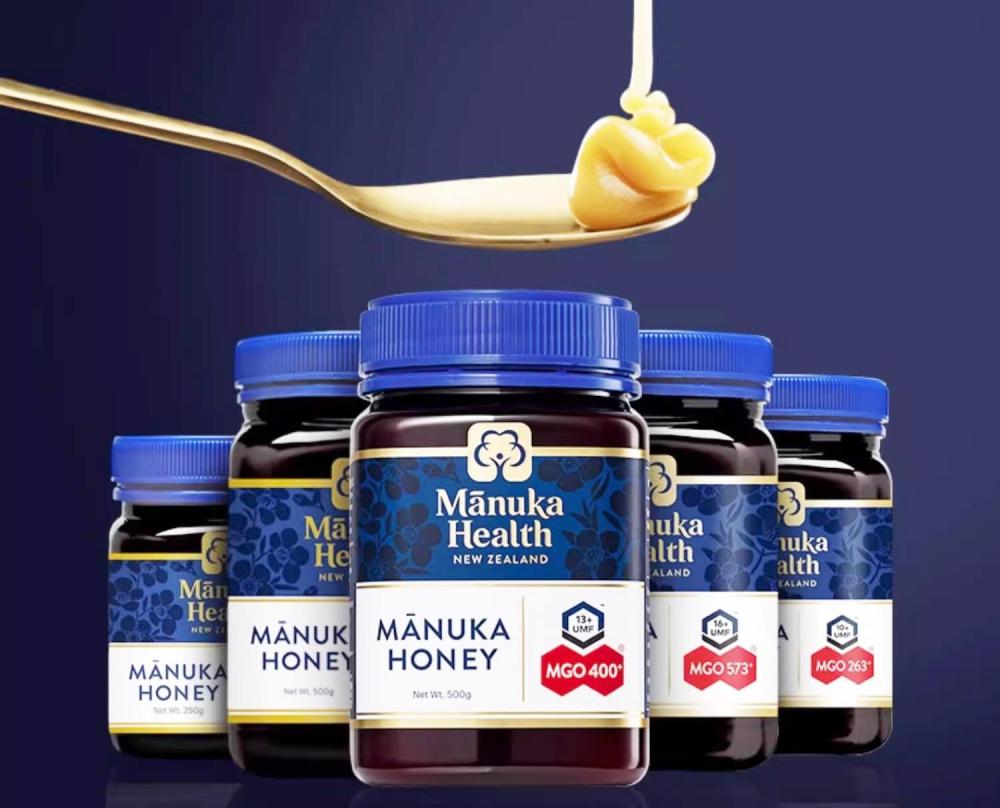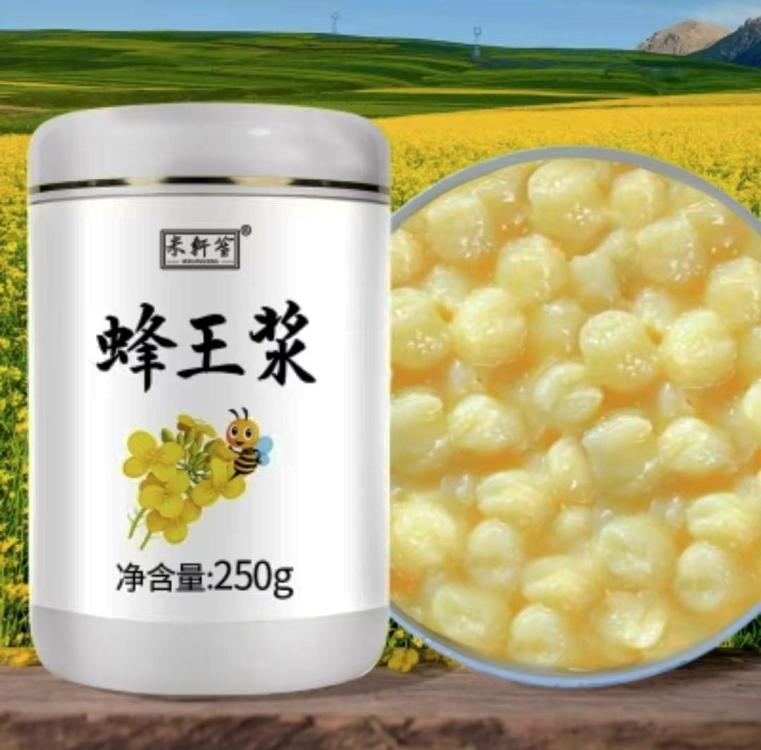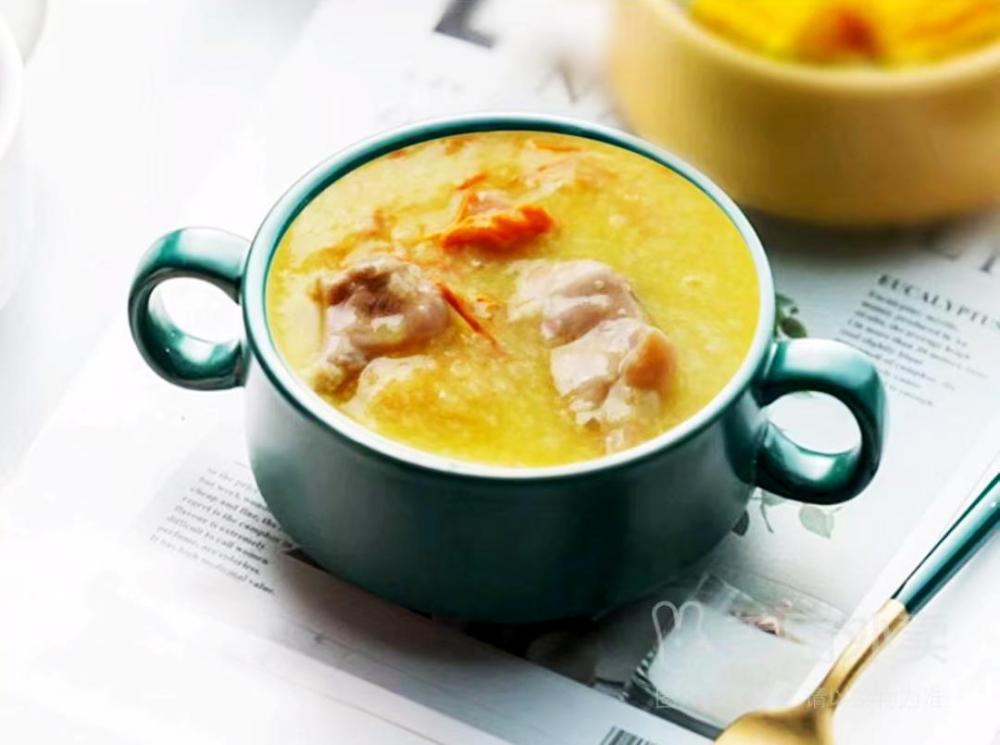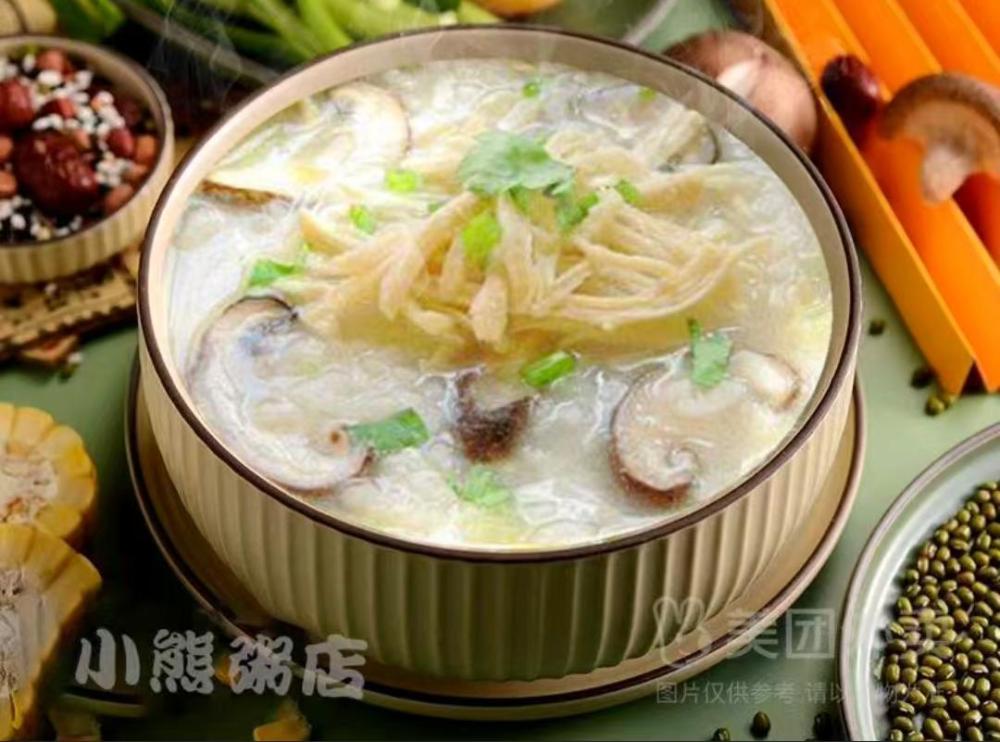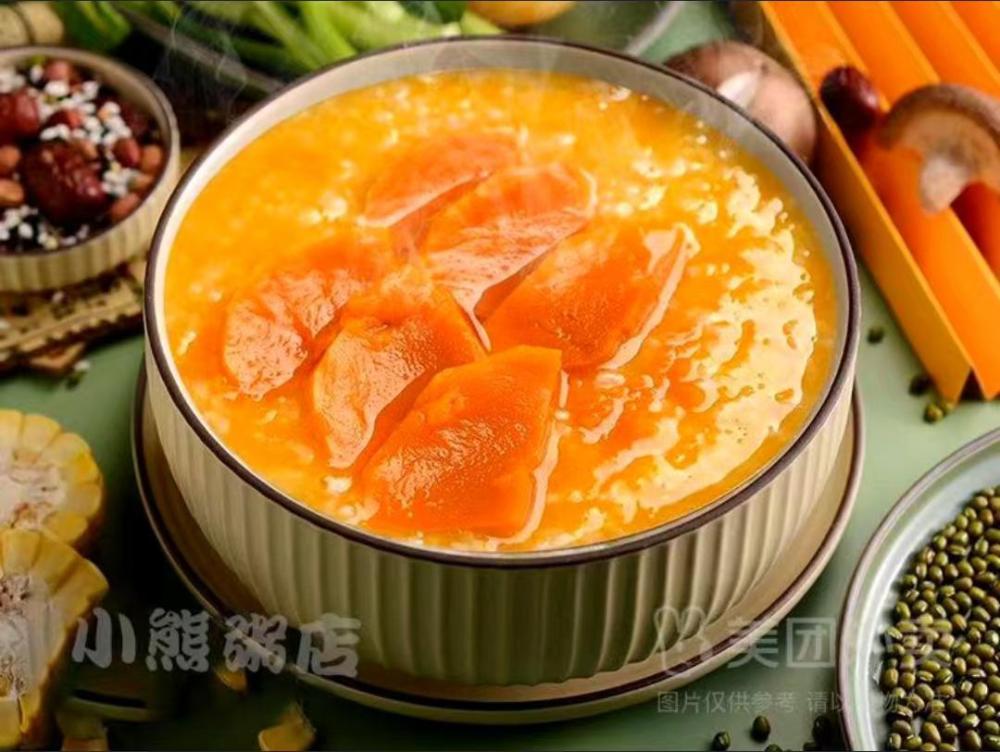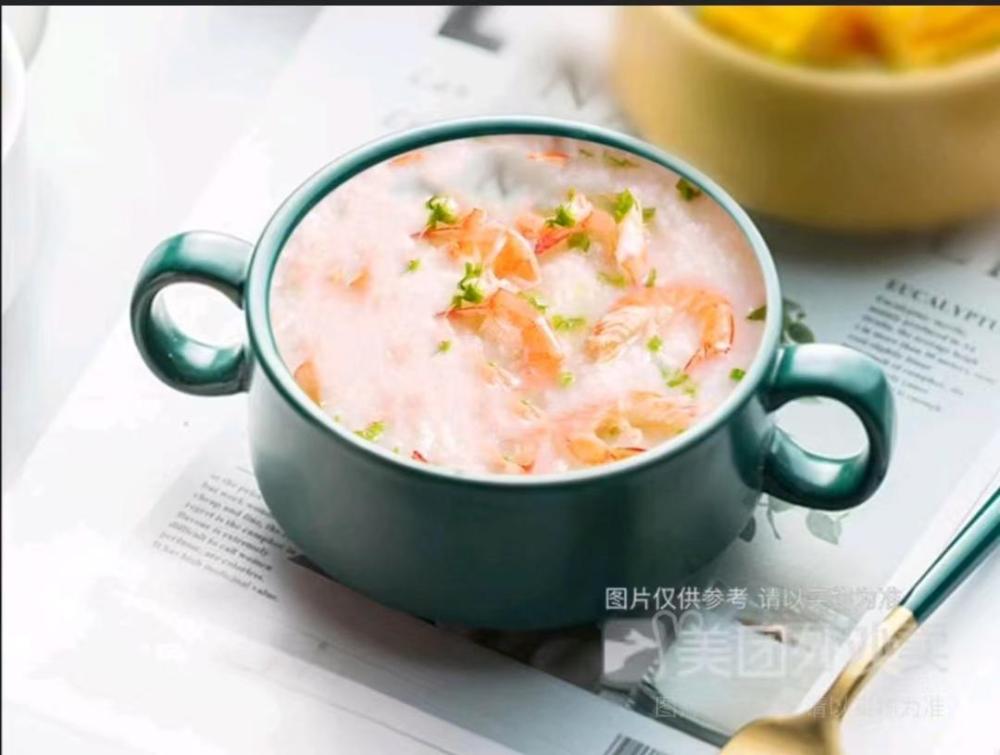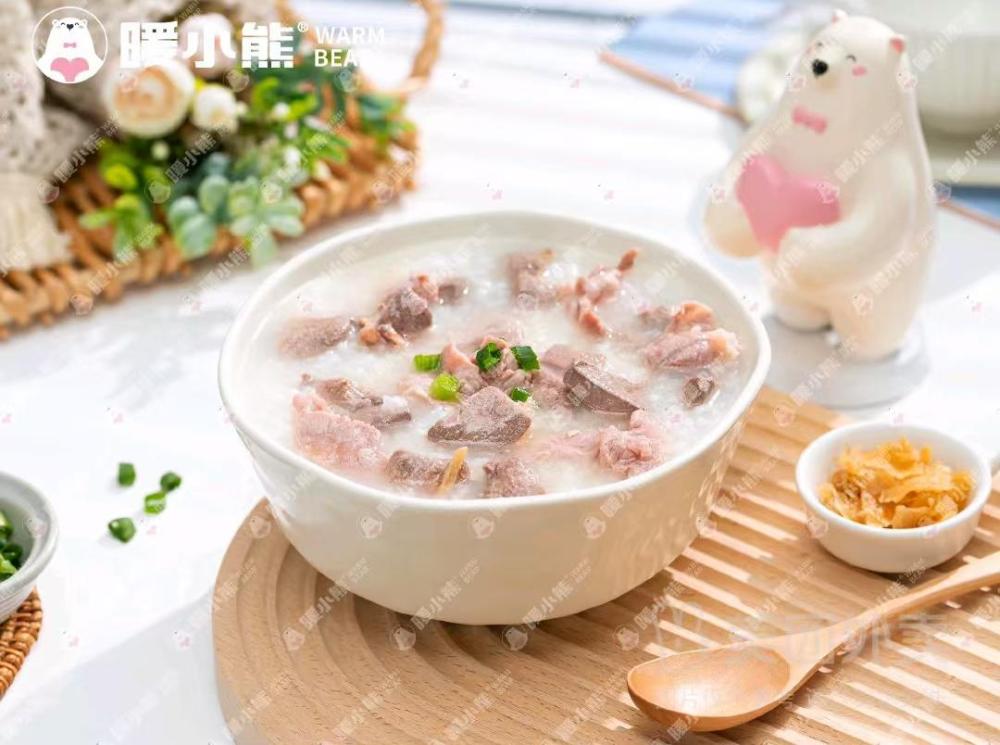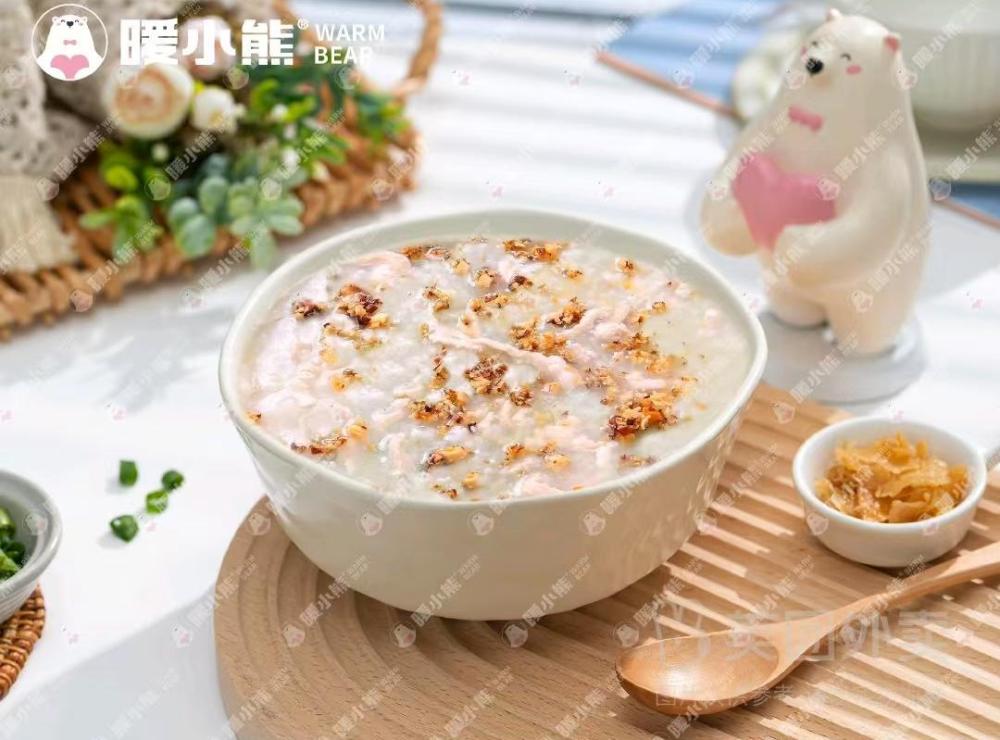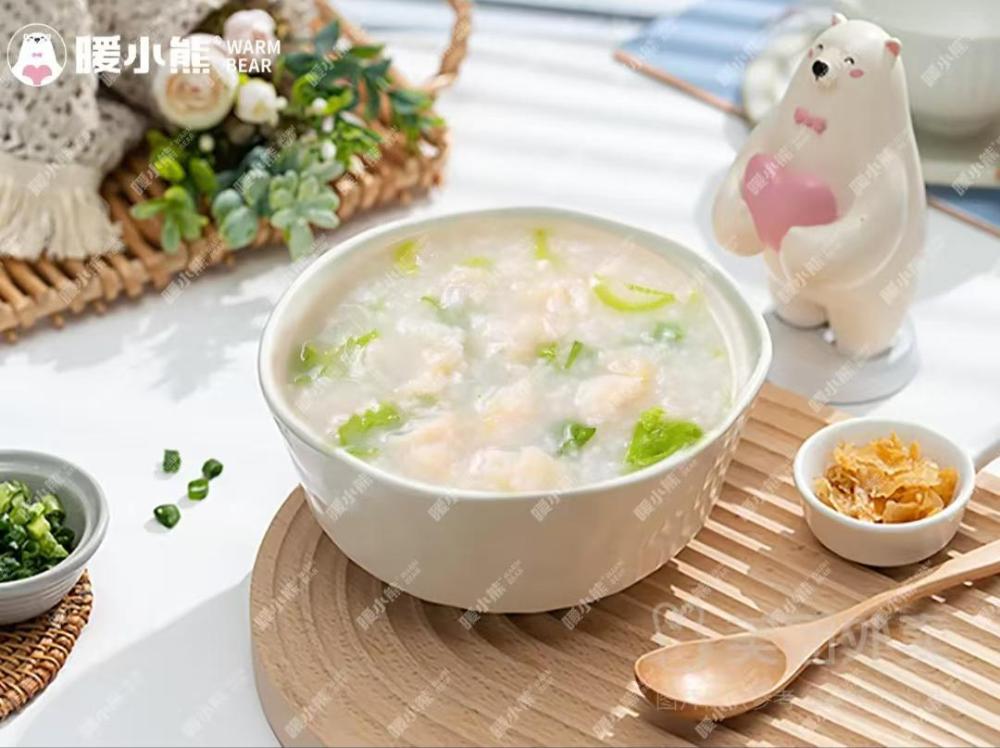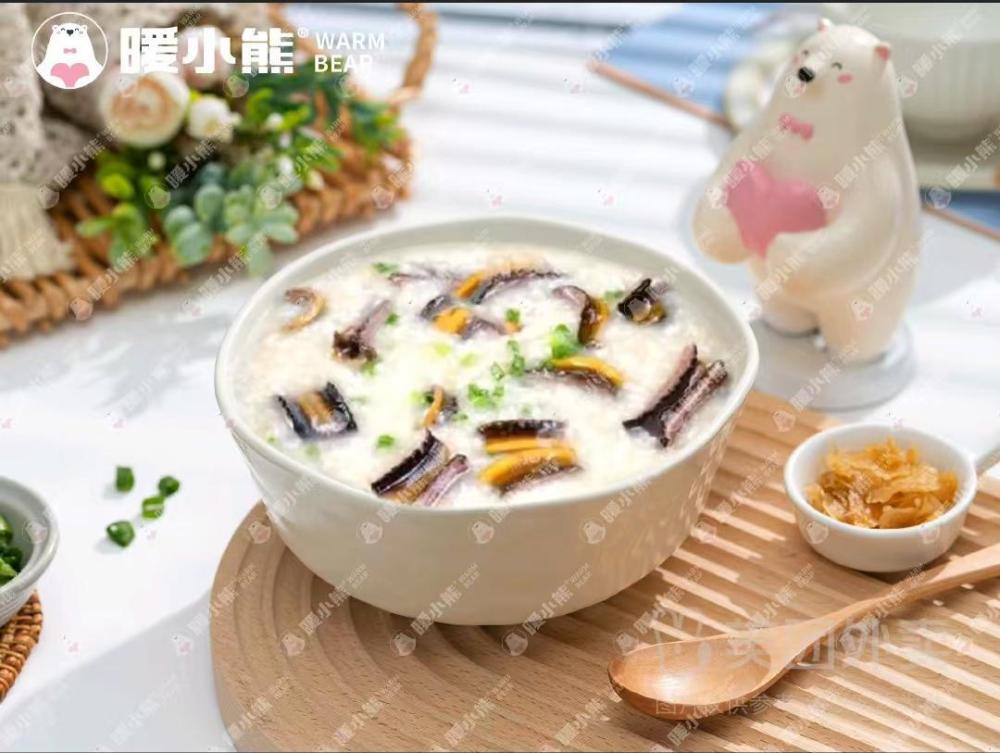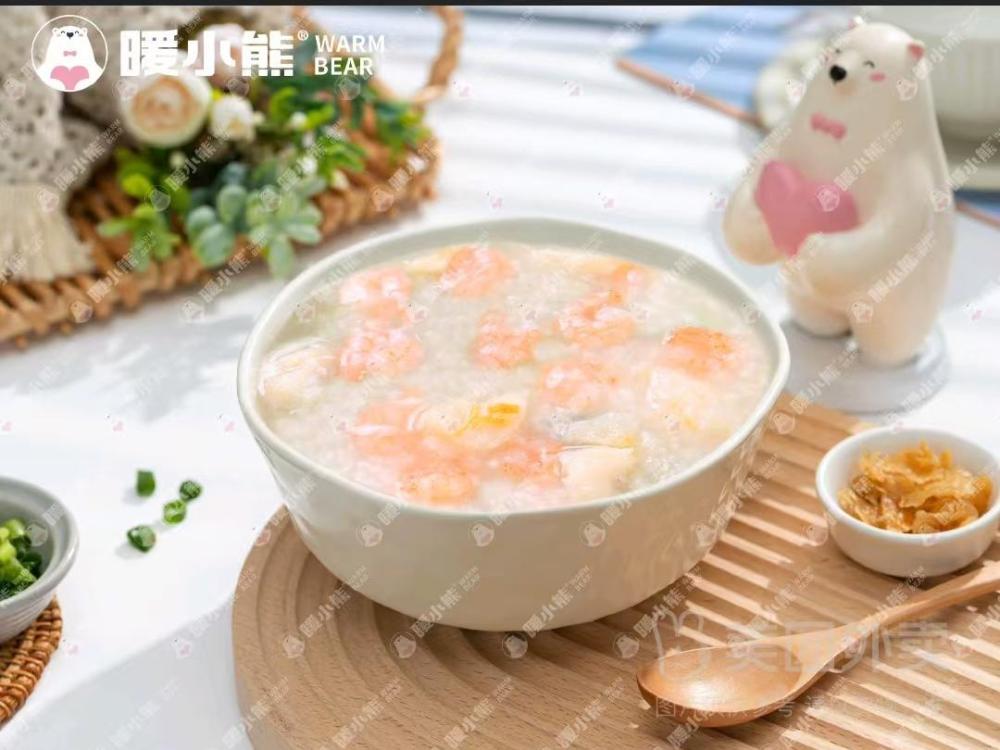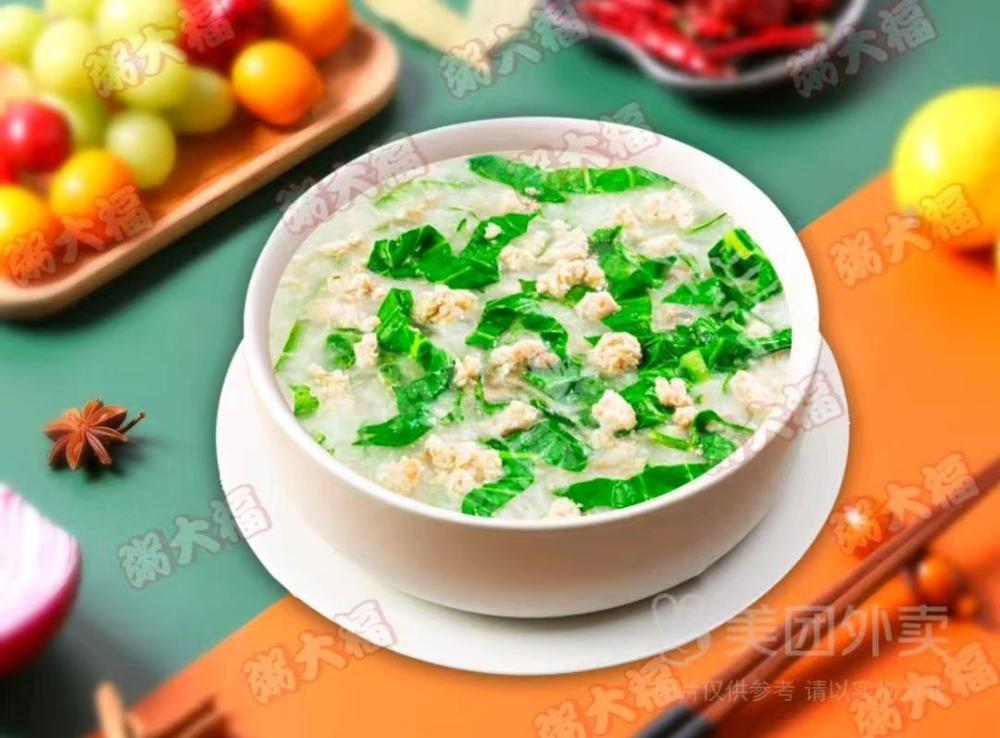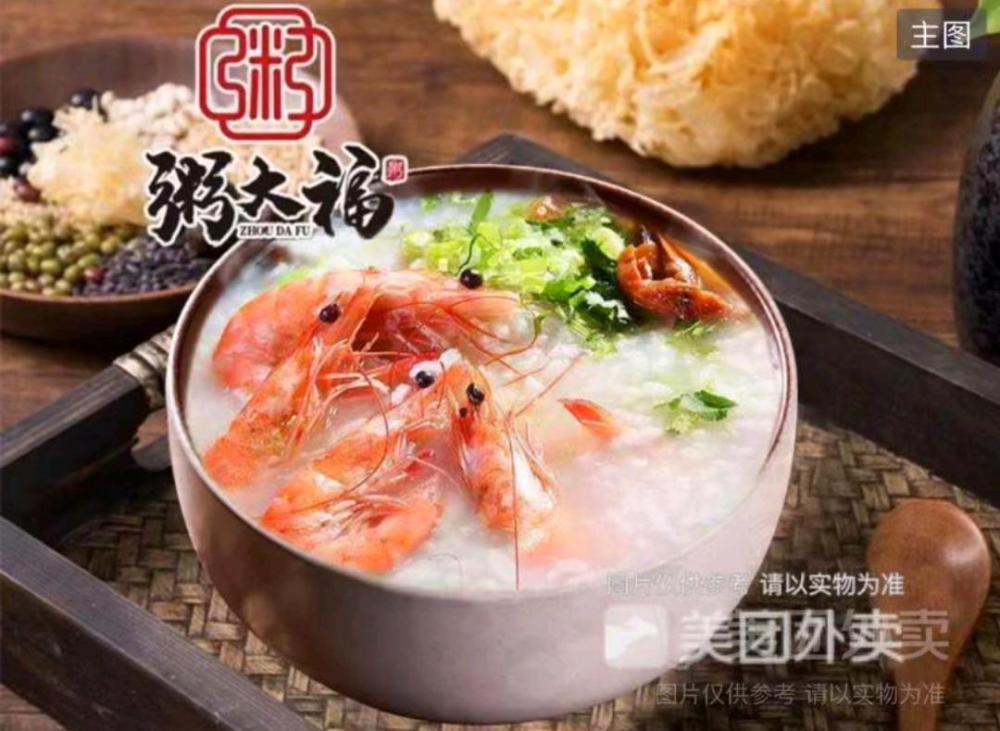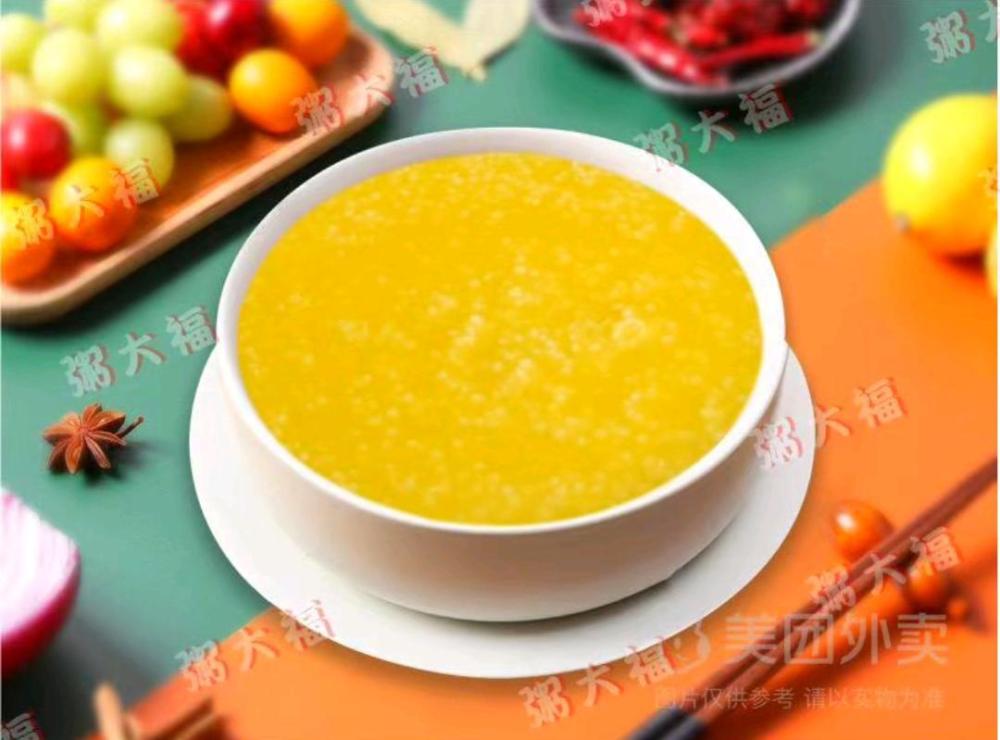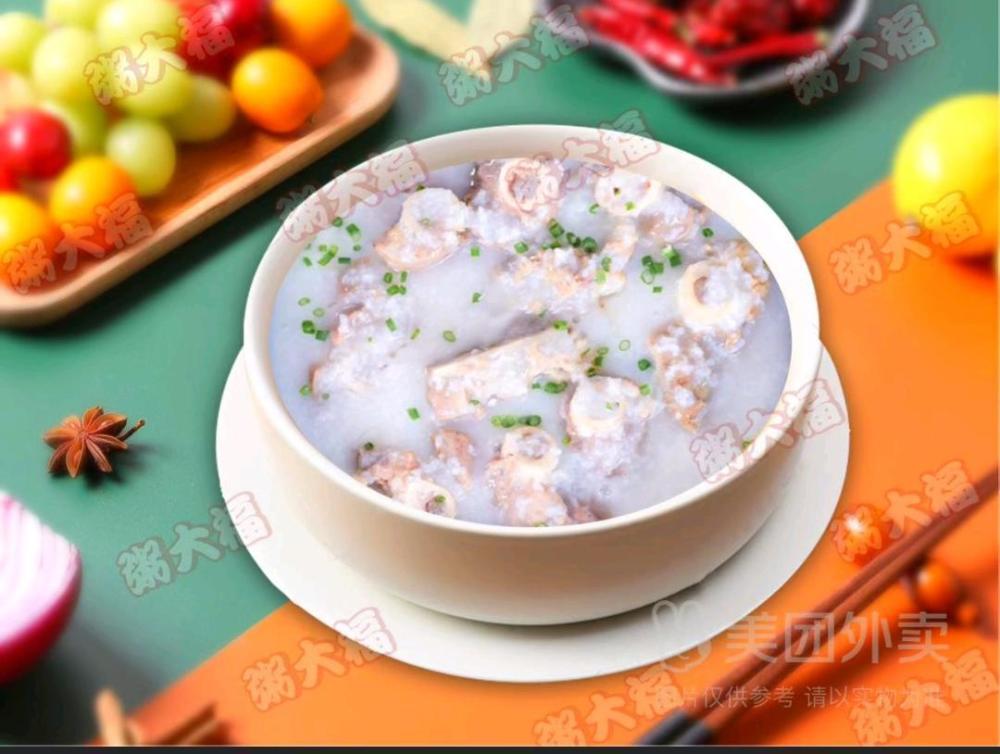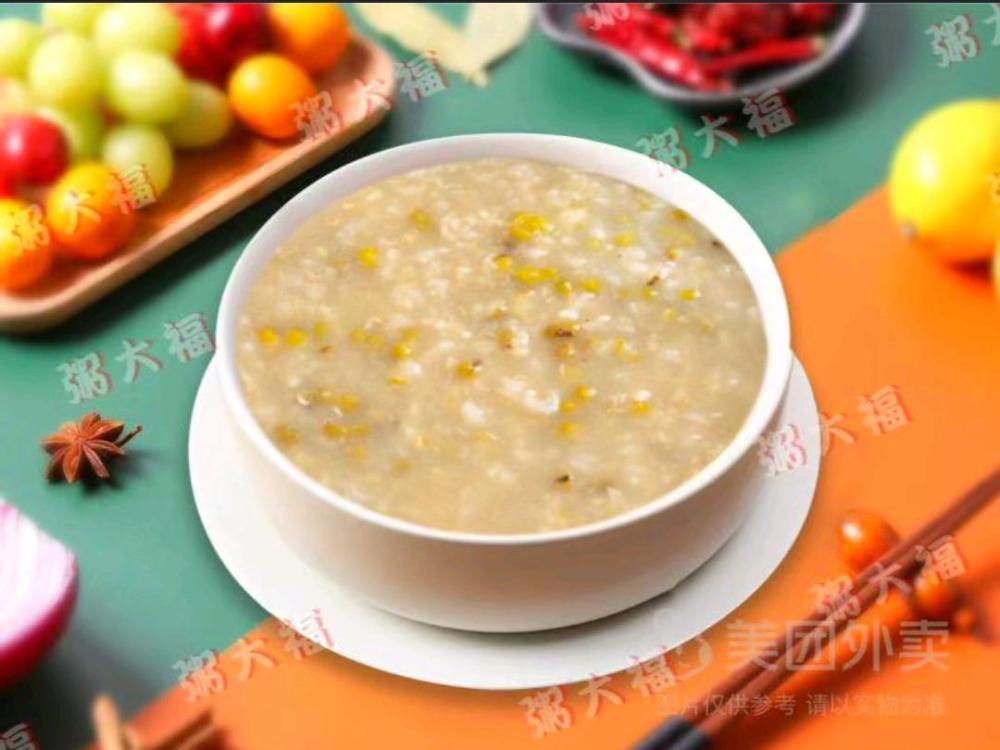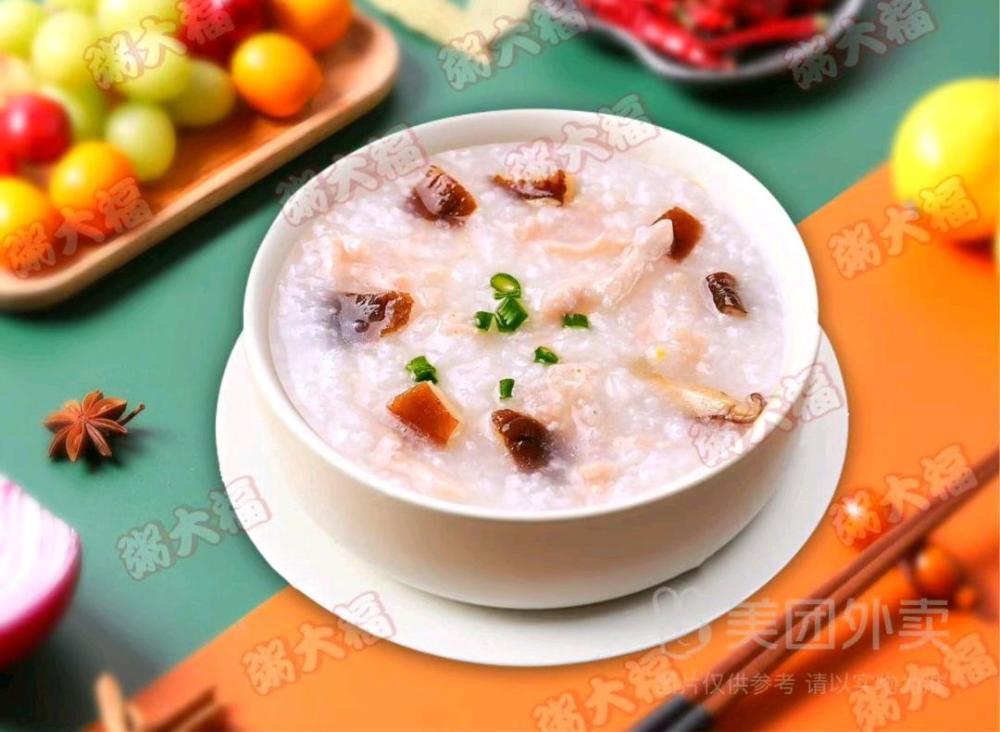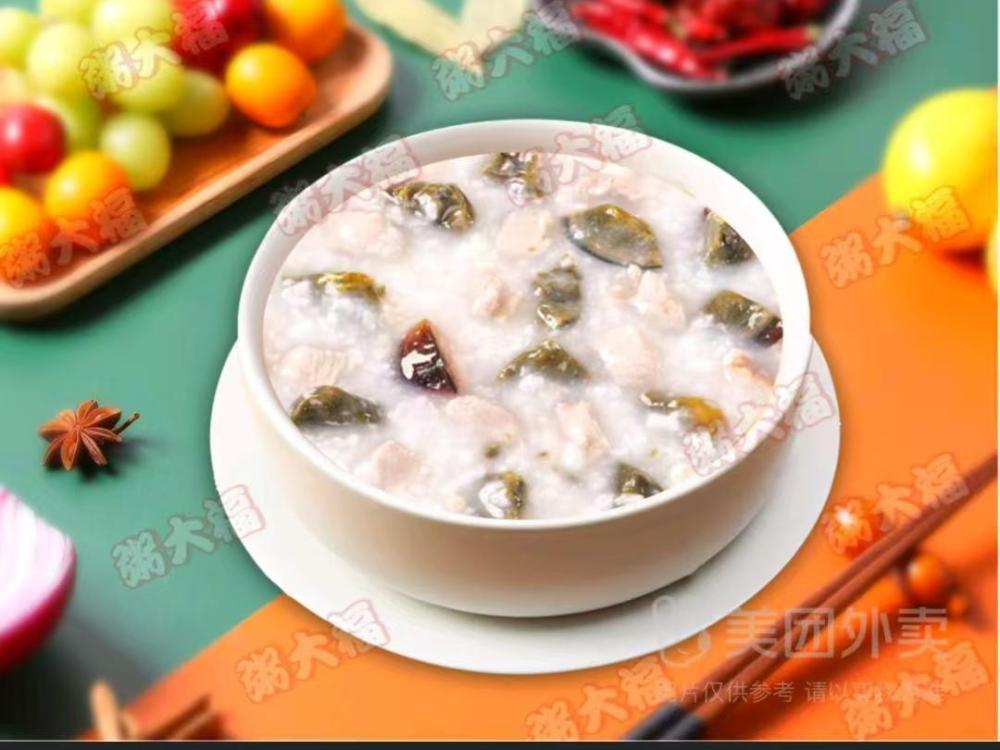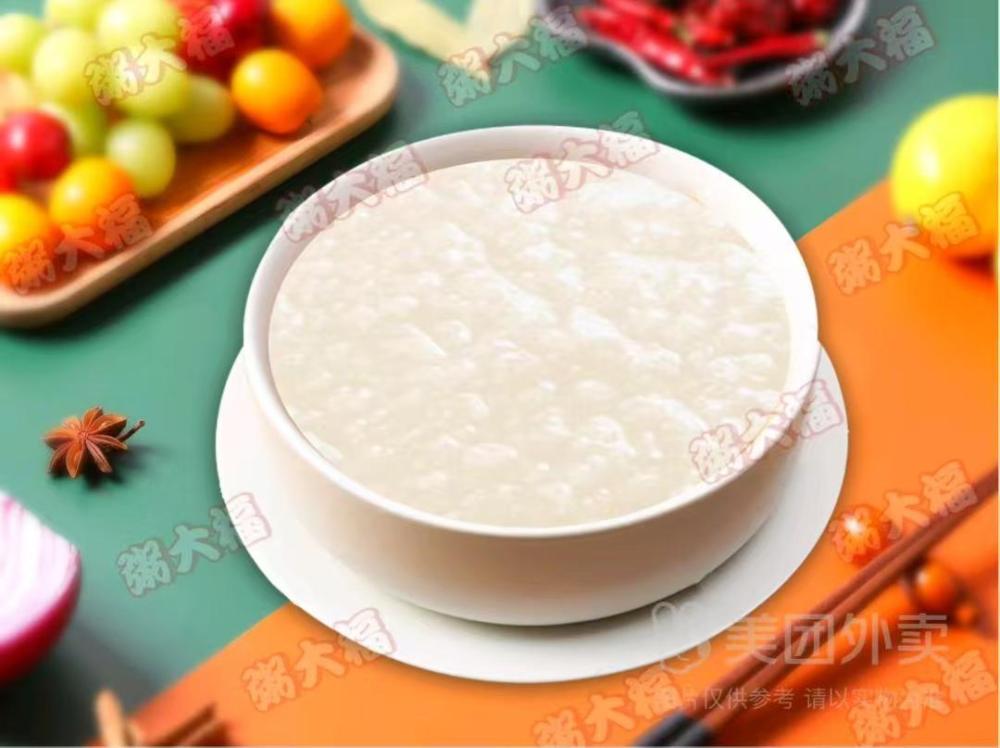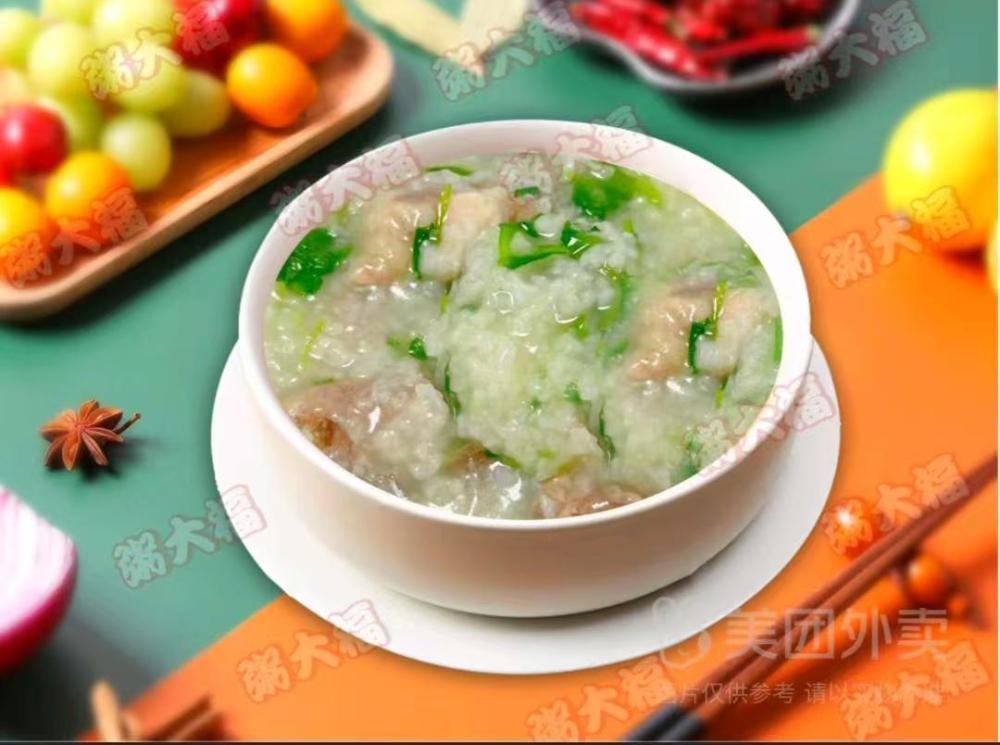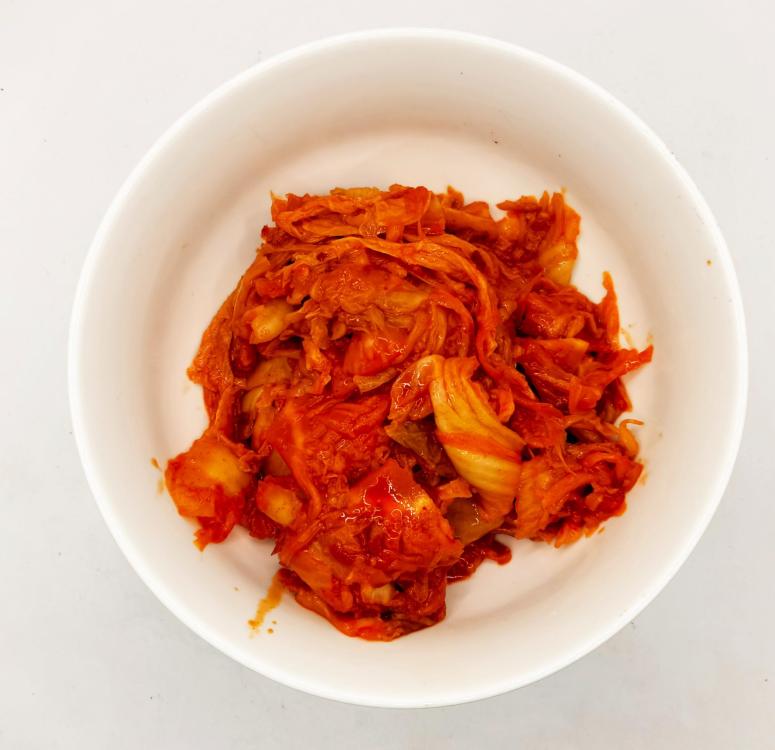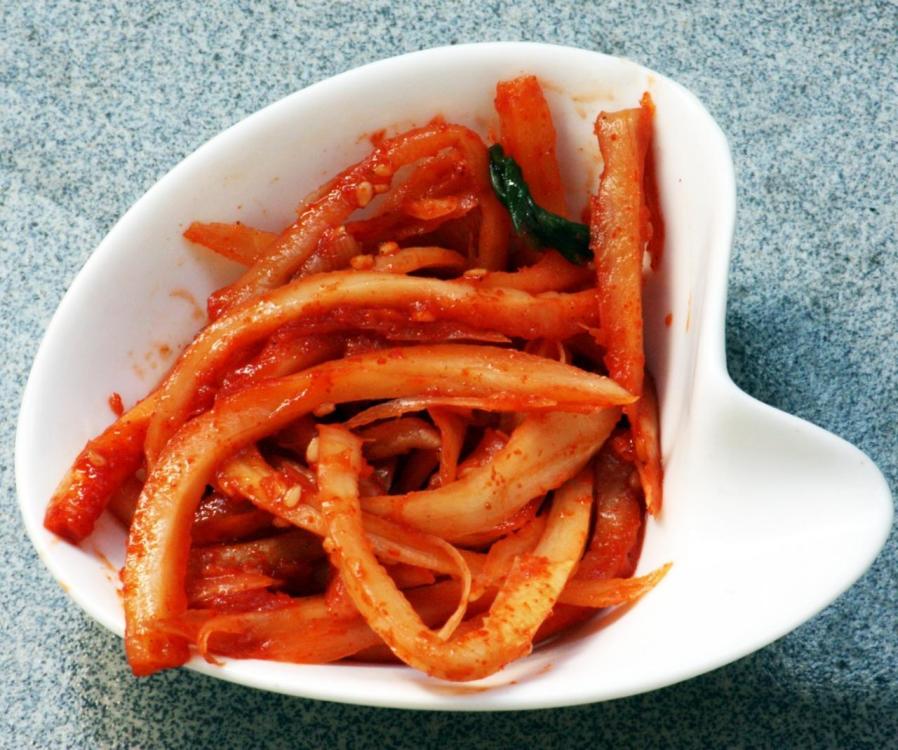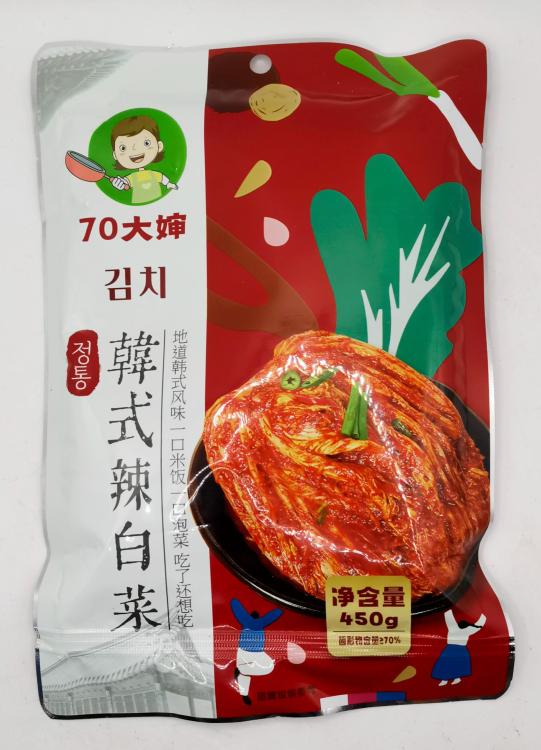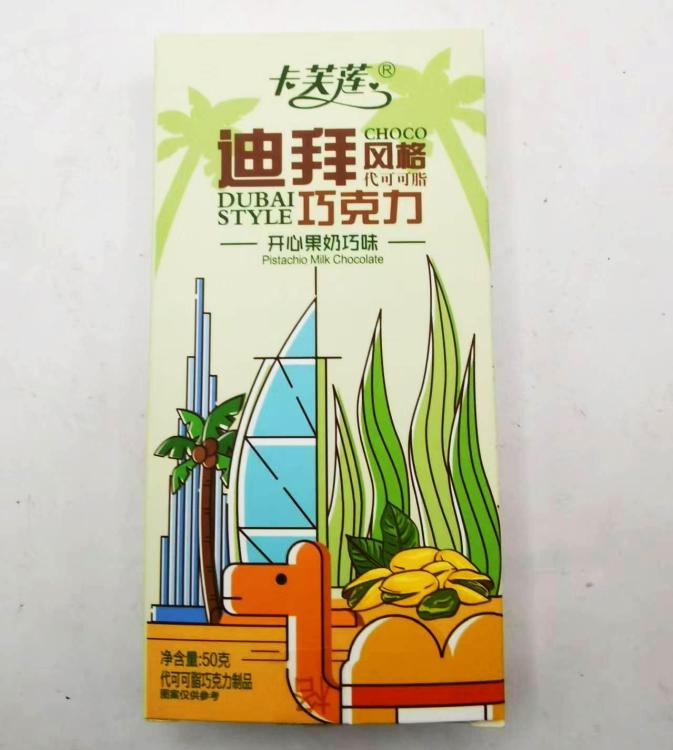-
Posts
16,751 -
Joined
-
Last visited
Content Type
Profiles
Forums
Store
Help Articles
Everything posted by liuzhou
-
Inspired by a salad made by @blue_dolphin here, I went in search (online) for one of my favourite vegetables. Being British, I call it marsh samphire whereas in America it’s generally known as sea beans – one of those confusing differences. Usually Salicornia europaea in Europe and Salicornia pacifica in America, although both are now found worldwide. The differences are minimal. In Chinese, it's 海蓬子 (hǎi péng zǐ). It is not well known in China, but is found here on the east coast. It is all foraged and available to me online at a hefty price of ¥55 or $7.63 USD for 500 grams, expensive for a vegetable in China. I like it fresh with seafood or in a salad. @blue_dolphin indicated that she would prefer it pickled. Both treatments are common.
-
- 527 replies
-
- 11
-

-

-

-
I don't really have a recipe, but I detailed my method back in this post. Sure, but it's still more than I have. 😬
-
Things are not what they appear to be. This is called 斑马肉 (bān mǎ ròu) on the packaging. This literally means 'striped horse meat' non-literally, 'zebra meat', hence the image of said well-known equines, Equus quagga. Except, it isn't zebra meat. Underneath the image, it says 素食 (sù shí), which means 'vegetarian'. It is vegetarian zebra meat, not the meat of zebras, although, of course, they are vegetarian. incidentally a homophone of 素食 is 俗世 which means ‘the vulgar world' in Chinese Buddhism. This is no coincidence, I'm sure. Of course it's ultra-processed crap like all these fake atrocities. Full of unpronounceable additives and preservatives, the only thing like zebra is that it is striped. An approximation of a meaty texture misses the mark. completely, but it is coated in a nice spicy Sichuan flavoured sauce. If chemically enhanced cardboard prepared Sichuan style is your thing, then I highly recommend it you see a shrink. NOTE: I didn't buy this; it came as a freebie with a six-pack of beer I had delivered. I'd need a lot more than six cans before I'd eat it.
-
There is an explanation here from ATK. I used this method once and, though the results were acceptable, never repeated it. This was only because I was taught to make it the traditional way and have been making it that way for decades. Also my freezer space is usually too busy, anyway!
-
Encore! Goji Leaf and Pork Congee Cantonese Style Ribs and Mustard Greens Congee Pork and Peanut Congee Clam and Mustard Greens Congee Organic Egg Congee I'll stop there, not because there are no more, but I think I've made the point - the possibilities are endless.
-
Which makes it fake in China in legal terms. Under Chinese regulations, Shaoxing wine is a protected name and can only be used for wines made in Shaoxing. That bottle couldn't be sold legally here. That doesn't mean it's inferior but I do find it misleading.
-
Shaoxing wine is barrel aged. That aging usually stops when bottled of jarred for sale. Any maturing is minimal to non-existent, mainly because the wine is pasteurised. Some unpasteurised wine is sold, but is rare. Even then, the maturation is minimal. So a 2020 Shaoxing kept for 20 years will be old, yes, but no better or more mature than is was 20 years earlier. It may even be unusable. Shaoxing can deteriorate or even go 'off'.
-

A pictorial guide to Chinese cooking ingredients
liuzhou replied to a topic in China: Cooking & Baking
One thing that really confused me when I came to China was what I call syllable switching. For example, 蜜蜂 (mì fēng) and 蜂蜜 (fēng mì) honey, are each made up of the same two characters but with syllables switched. The two have different meanings and, for a very long time, I couldn’t remember which was which. 蜜蜂 (mì fēng) means ‘ 🐝 bee’ and 蜂蜜 (fēng mì) means ‘🍯honey’. There are many other such pairs, but they are not relevant here. In a way, they're not so odd; they are the equivalent of us saying in English honey bee and bee honey. OK, we don’t usually use the latter, but we could. For many years, as I’m sure most of you will know, Chinese honey has had a bad reputation internationally. However, newer detection methods and increased vigilance has reduced the level of fraudulent use of cheaper ingredients such as sugar syrup or, heaven help us, cØrn syrup. Also, it should be pointed out that such fraud isn’t only in China but worldwide. I suspect attention focussed on China as the main offender for the amount of fakes exported, but that is possibly because China is the world’s largest producer of honey with 26% of the world production in 2020. The percentage of fraudulent honey produced in China could be the same as elsewhere. I can’t find any statistics giving that critical figure. And yet, I still rarely buy honey here. When I lived in Hunan in the late 90s’, a colleague’s parents had a bee keeping business and each summer I’d see them packing the hives onto trucks and heading for the mountains to give the bees access to wild mountain flora. Their honey was delicious and, I’m sure, unadulterated. Here, now in Guangxi, I have a friend whose parents are lychee and longan farmers but also keep bees, collecting honey mainly for their own use. Every now and again my friend sends my free jars of whichever they have at the time. When I have the lychee honey it’s my favourite, but when I have the longan honey, it’s my favourite. I am fickle. Lychee Honey Longan Honey Every supermarket and small store carries industrially produced honey of varying provenance and price. Some are suspiciously cheap. Honey isn’t cheap to produce. Not that fraudsters are always dumb enough to make their offerings too cheap. We also get imported honeys, particularly mānuka honey from New Zealand. Incidentally this honey also has counterfeits. In fact six times more New Zealand mānuka is sold internationally than NZ even makes. I'm not suggesting the image below is of a fake one - I don't know.. We also get honeycomb, which I suspect is difficult to fake, but really don’t know. Honeycomb Recently there has been a trend for 蜂王浆 (fēng wáng jiāng), royal jelly among the fraudulent internet health morons influencers. Whether the jelly is fake, I can’t say. However the European Food Safety Authority has said there is no evidence of health benefits and the US FDA has taken legal action against companies promoting any such benefits. Royal Jelly "Caveat emptor", as Cæsar said. -
indeed. I use both, although it's nearly always black with western food and white with Chinese. White is the standard pepper here.
-
Actually, it was originally lallygag and only changed later to lollygag. Also, it originally meant to act flirtatiously.
-
you didn't think that was it, did you? Beef and Egg Congee Chicken and Cordycep Militaris Mushrooms Sweet Potato Congee Emerald Shrimp Congee Shiitake and Chicken Congee
-
and if you still haven't found what you want... Pork and Yam Congee Pork Liver and Lean Meat Congee Shiitake and Lean Pork Congee Steamed Fish with Green Vegetable Congee Swamp Eel Congee
-
It's described as something else on the menu, but my fingers won't allow me to type it for the sake of public decency!
-
it never ends Beef and Greens Congee Pig Bone Marrow Congee Fish and Shrimp Congee Lean Pork and Greens Congee Mixed Pig Offal Congee
-
and five more. Shrimp and Marrow Bone Congee Century Egg and Lean Pork Slivers Congee Poisonous Yellow Peril Congee Mung Bean Congee Marrow Bone and Lean Pork Congee
-
Near my home is a small 'breakfast' restaurant. All day 'breakfast'. They specialise in congee, so much so that their name translates literally as 'congee great happiness'. They do several types and offer many optional additions making the number of choices huge. I'll post a few today and more later. These images are from their on-line delivery menu. Plain Rice Congee Leaf Mustard Congee Coriander / Cilantro Congee Taro Congee Century Egg Congee
-
Despite being born in Scotland, I too dislike oatmeal porridge. But there are grains other than rice which are often used to make congee. Millet, buckwheat and mung beans spring to mind. There are more examples on this topic.
-
Sorry. This sentence should read "In 2013, Korea announced 辛奇 (xīn qí) to be a new translation for China to use – a move that China has, sensibly in my view, totally ignored."
-
Good morning! I eat congee most mornings but usually a meat version. However the basic recipe is the same no matter what is added. Once a week I use my slow cooker overnight to prepare a week’s supply. It keeps well in the fridge or can even be frozen. I find that different batches of rice require different amounts of liquid. I think this depends on the type and age of the rice. So when I get a new batch I experiment. I start by using 1 part rice to 6 parts liquid- mostly water but sometimes chicken stock, although you could use vegetable stock if you want. Additions at his stage are only salt, if you want to go that way. Most congees here, however are unsalted with any salt component coming from the other additions, especially the pickles. But then, salt is rarely used with rice, which is seen as a neutral background to other foods.. Next morning, I check it and should it be too thick, simply add more water and cook a bit longer. You can’t really overcook congee unless you get ridiculous. If too thin (rarely) then a brisk boil thins it down. Obviously what you think is too thick or too thin may be different, so is to your own taste. Next time I use that batch of rice, if not at first how I prefer it, I adjust the starting amount of water next time. It is always somewhere between 1:4 ad 1:8. The breakfast places with congee on the menu usually offer two or three consistencies. I then decide each morning what I want to add. This is most often meat (pork or chicken) and century eggs. These I quickly stir fry with perhaps chilli and ginger and add to the cooked rice. Then serve it, almost always with some pickled vegetable. Another favourite which is vegetarian is mushroom congee, usually made using fresh shiitake mushrooms but any fresh or rehydrated dried edible mushroom would work.
-
There are many meatless congees. The most simple is 白粥 (bái zhōu), which is simply rice and water but you can add anything. It is usually served here with pickled vegetables similar to kimchi. A common version is with eggs, usually century eggs with greens, but salted or just chopped-up boiled eggs are also used. It's bed time here in the land of the rice eaters but I'll add more tomorrow.
-
Years ago, I discovered that when I write a list, the contents are ingrained in my memory and I don't need the physical list anymore. It has worked with shopping lists and recipes as well as unrelated things to be remembered. Particularly useful when giving hour long lectures. Worked better than some of the lectures I suffered through as an undergraduate where some dozy professor read out the same lecture he'd been reading out every year for the last 40. One rather famous prof managed to fall asleep in the middle of his own lecture. Now I just struggle to remember where I put my jar of black garlic or whatever.
-
I’m guessing everyone here knows 김치 even if they don’t read Korean. It is Kimchi in English although the standard Korean transliteration is gimchi (still pronounced with an initial k). You may be wondering what it’s doing here in a Chinese pickle topic and there's the rub as Hamlet said although he never ate the stuff. China and Korea have been arguing about this for a long time. China has stated that they essentially invented it but call it 泡菜 (pào cài). Korea deny this while recognising that pao cai is Chinese. They insist that there are significant differences between the two products; differences which China even acknowledges although claiming it doesn’t change the origin. Since 2012, China has banned the import of Korean kimchi on the grounds that it contains more lactic acid bacteria than permitted under China’s food laws. In 2013, announced 辛奇 (xīn qí) to be a new translation for China to use – a move that China has, sensibly in my view, totally ignored. Countries do not get to decided another’s language vocabulary At the same time, however the rising demand kimchi in Korea has lead to shortages there and these are made up by importing kimchi from elsewhere, especially China! China, in the meantime, continues to make and sell 韩式辣白菜 (hán shì là bái cài), ‘Korean style spicy pickled napa cabbage) within China and here it is. Here is a real Korean kimchi imported before the 2012 ban. It is made from 桔梗本 (jié gěng běn), Korean: 도라지 (doraji). Long gone. By the way (1), most kimchi contains fish products (mainly fish sauce) so is not vegetarian. By the way (2), ethnic Korean are officially considered one of China’s ethnic minorities and have a large presence in Yanbian Korean Autonomous Prefecture in Jilin Province, bordering North Korea.
-
It is relatively high, yes. For comparison a regular Snickers bar of the same weight is less than $1.
-
Despite all my efforts, it seems I’ve been ‘influenced’. Not directly. According to this article in the Observer last month, a Tik-Tok craze has caused a global shortage of pistachios, (not that I’ve noticed any such shortage here). They have all been used to make a type of chocolate bar which originated in Dubai in the UAE. For the record, I’ve never watched anything on Tik-Tok or been tempted so to do. Today, going through my delivery app looking for something else, I noticed these and although I don’t eat much chocolate, I do like pistachios a lot, so I succumbed. This is a Chinese made version. Not at all bad, but not great quality chocolate and over-priced at the equivalent of $2 USD for a 50 gram bar. How close it is to the original from Dubai it is, I don't know.


